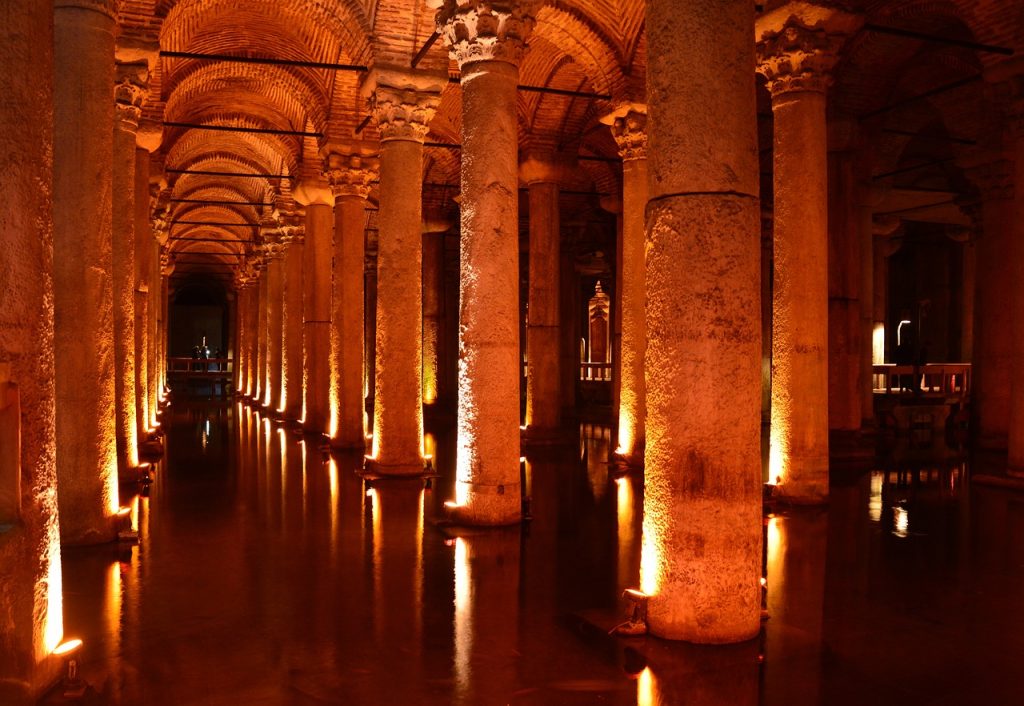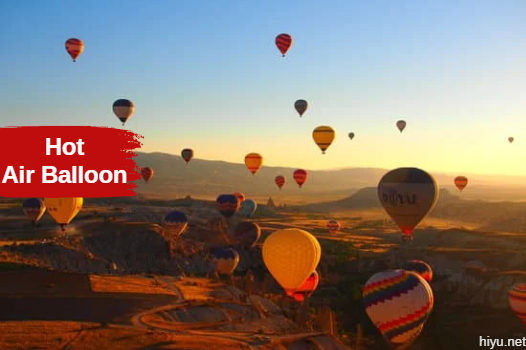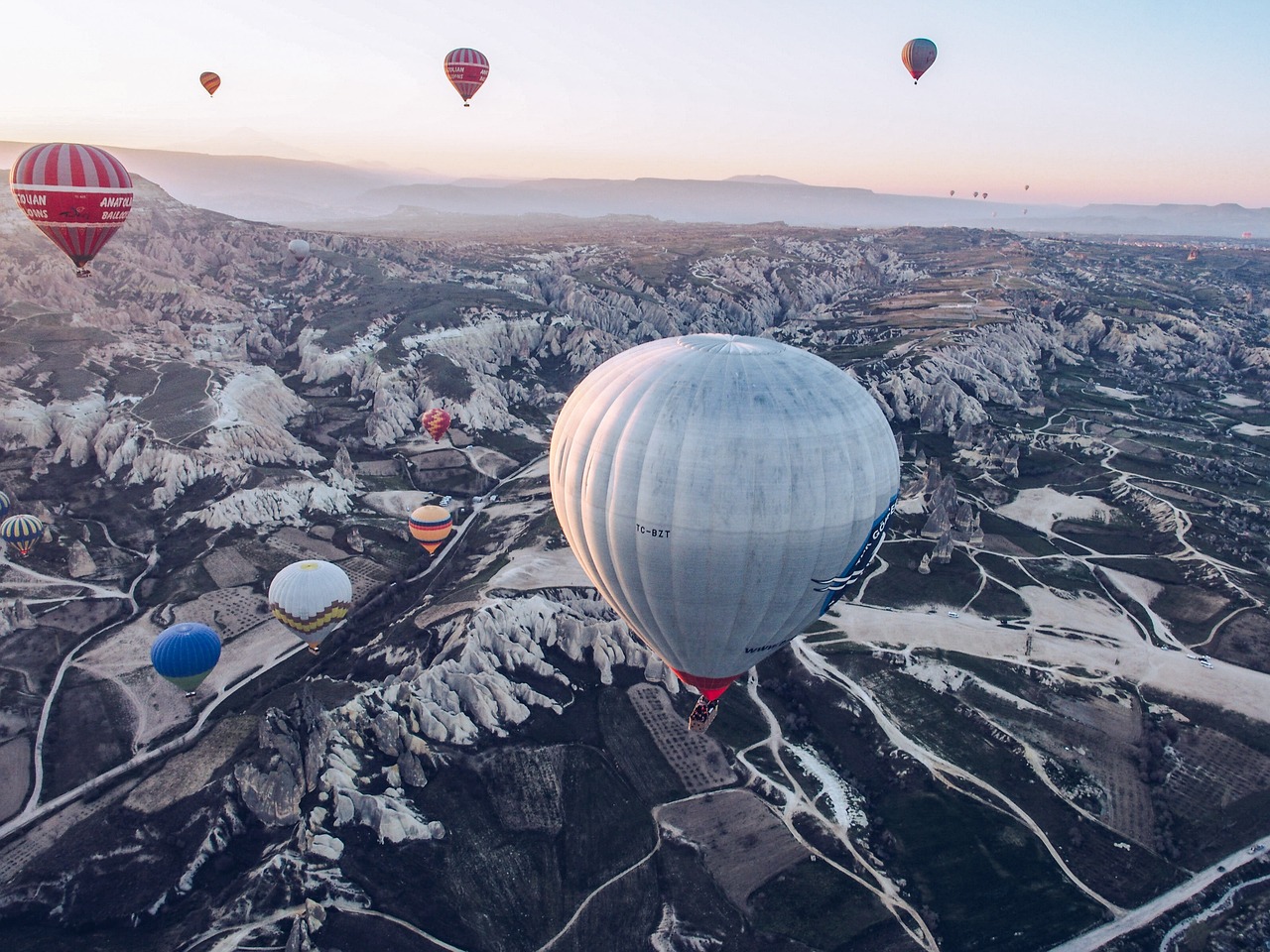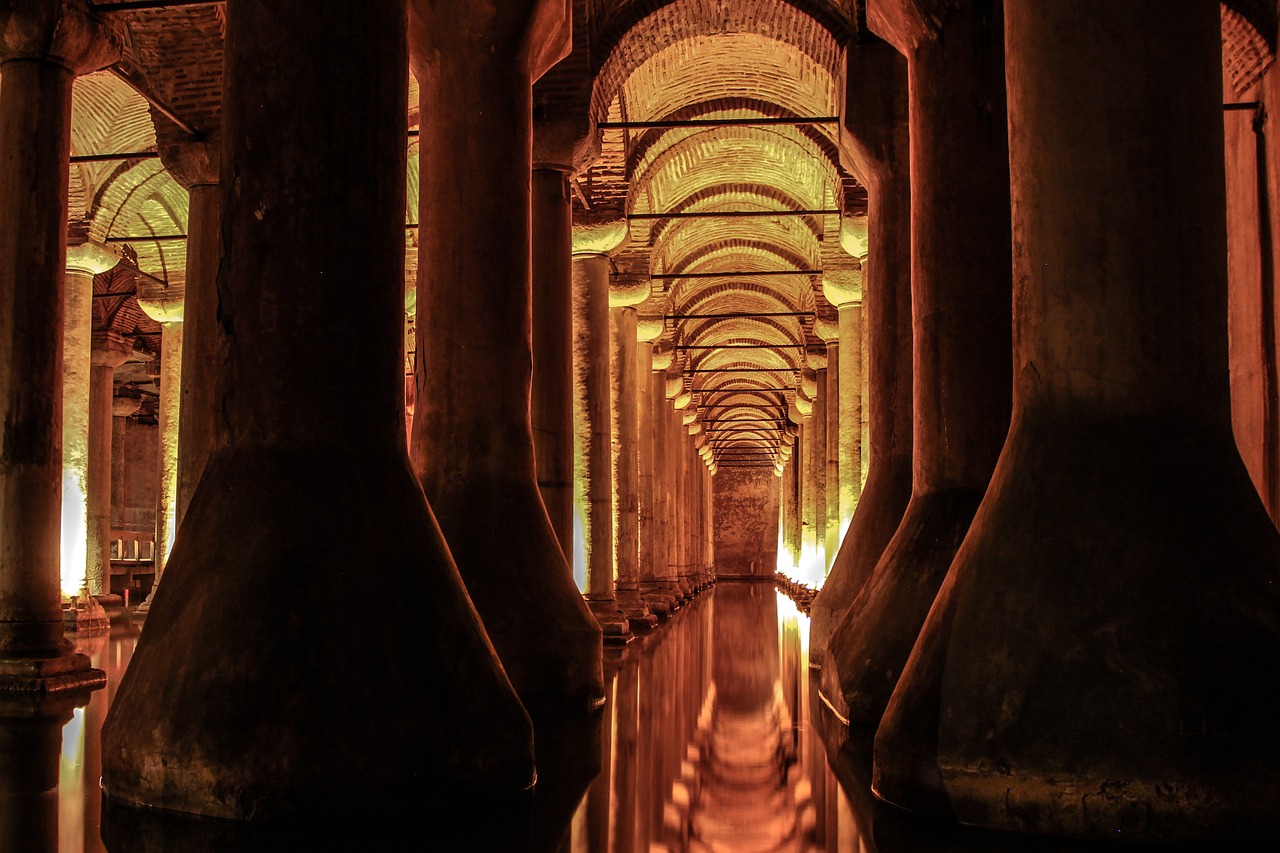The Basilica Cistern is one of the most exciting places in Istanbul that travelers first visit. Also, this underground stone reservoir is part of one of the ready-made hiking trails you can walk on your own.
The Basilica Cistern in Istanbul is a vast underground warehouse resembling a colonnaded hall built by the dwarves. The city’s most significant difference between the basilica and the other 40 cisterns is its size. Quite often, the cistern compares with the palace complex.
Basilica Cistern History
The cistern was built to store water resources for the needs of the inhabitants of Constantinople. Construction began about 16 centuries ago during the reign of Emperor Constantine. It took quite a long time and was completed by Emperor Justinian two centuries after the first stone was laid. Let us remind you that Justinian started the construction of the famous Hagia Sophia, which is 100 meters from the entrance of the cistern.

The water supply system of ancient Constantinople was complex and unusual. Previously, water was collected in unique reservoirs in the Belgrad forest, located 20 km from the city. In this forest, even now, you can find old structures that are still used for their intended purpose of collecting water.
The water delivered to Constantinople was collected for storage in underground cisterns. As we said, more than 40 known cisterns of this type are now in the city. Most likely, other reservoirs will be found over time. As a rule, their discovery is random, and sometimes the location is entirely unexpected. For example, one of the restored cisterns is located in the basement of a modern carpet shop near Hippodrome Square.
9 Interesting Facts About the Basilica Cistern
- The tank’s dimensions are impressive, with a length of 140 meters and a width of 70 meters.
- 336 columns supported the vaults of the cistern! It arranges in 12 rows of 28 columns each. Scientists believe most of them were taken from other, older buildings (most likely ancient temples) for construction.
- The underground reservoir has a 4m thick insulation wall.
- They say that some residents keep their boats in underground storage, fish from there, and then sell them in their shops. By the way, even now, in the far corner of the tank, there is a small reservoir in which carp swim. They are also called the silent guardians of this dungeon.
- The Basilica Cistern has shot scenes in various movies many times. The cistern also served as the backdrop for filming a scene in a James Bond movie. This dungeon is also one of the main places where the events of Dan Brown‘s book ‘Hell’ took place.
- Initially, authorities supplied water from the cistern to the Imperial Palace of Constantinople. This palace was destroyed, and only mosaics can see in the Mosaic Museum. Officers then used the water to irrigate the Topkapi Palace park.
- Just above the cistern is now part of the tramway and the office of the tourist police.
- Among the three hundred pillars in the dungeon, there is a critical pillar called the Pillar of Weeping or the Pillar of Tears. Unlike other columns, it is always wet. In addition, drop-shaped patterns carve on it.
- The Basilica Cistern, apparently due to its excellent acoustics, hosts performances by symphony orchestras and music festivals.
Features of Basilica Cistern
The entrance and exit of the Basilica Cistern in Istanbul locates in different places. After buying tickets, we go down the stairs. About half of the cistern is under restoration and has been closed from prying eyes. But even the area open to the public is impressive.
Inside, the light dims; only the pillars illuminate quite dimly. It is often dark in some places, so you must act very carefully. Since the platforms in the cistern are wet and a bit slippery, it is necessary to go carefully and slowly.
Significant places highlight more brightly. Weeping Pillar and jellyfish heads are well-lit. There is a small water tank nearby where the carp swim. Right next to these objects, people are always the most.
When you visit the cistern, it may turn out that there will be no water in it. This is due to ongoing restoration work. In a normal situation, the bottom of the tank covers about one meter of water. Half an hour is enough to visit the cistern. It’s best to arrive early to avoid rush hour when there are many tourists and a long queue near the ticket offices.
As seen from the sign at the entrance of the Basilica Cistern in Istanbul, it is officially forbidden to take photos. But this requirement is violated every minute, and tourists take pictures even using flash. It seems that the staff isn’t strict about taking pictures and especially doesn’t stop the impulses of the visitors.








